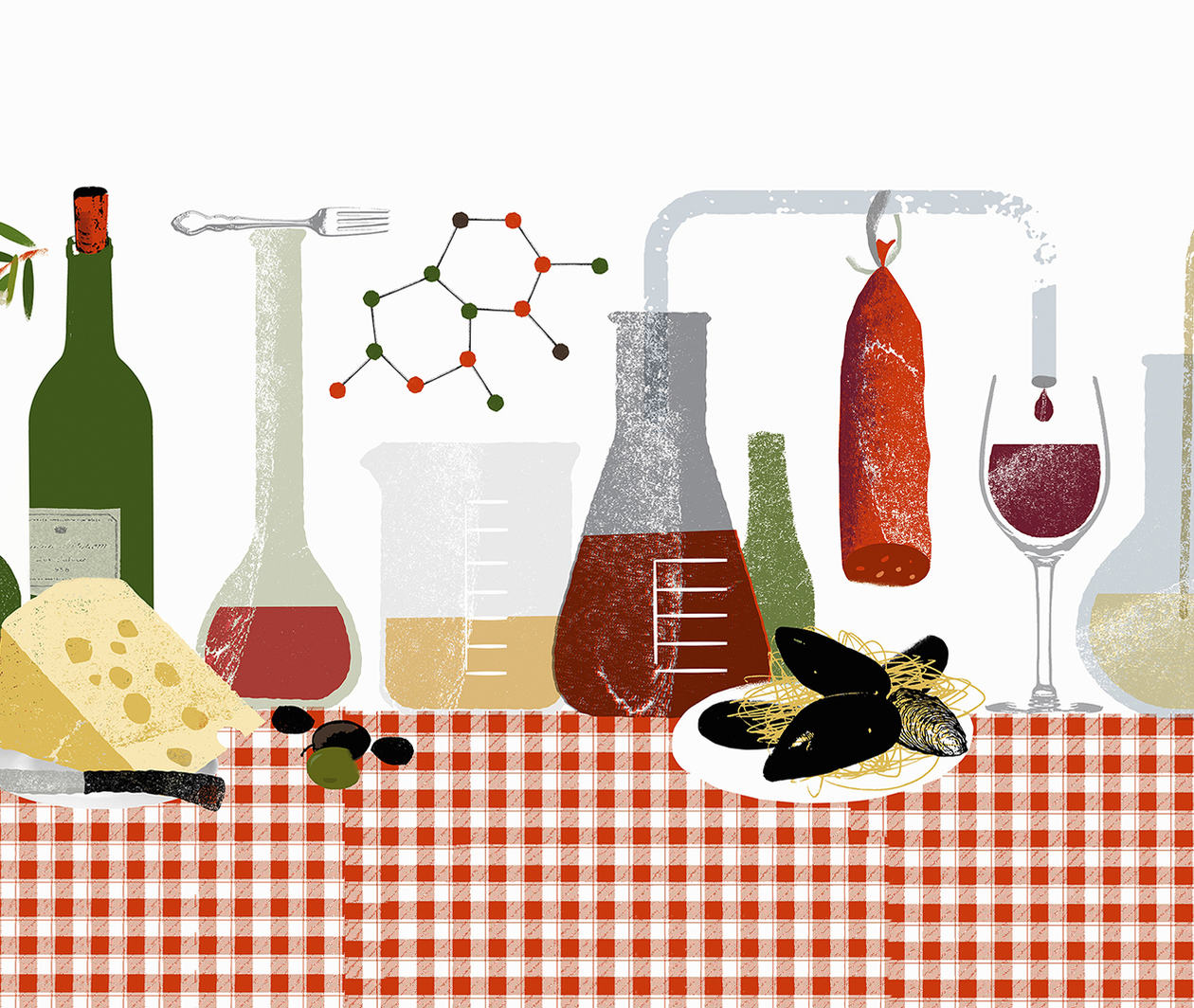
Duration
4 weeksWeekly study
3 hours
The Science of Nutrition
Other courses you might like
This course isn't running right now. We can email you when it starts again, or check out these other courses you might like.
Browse more in Healthcare & Medicine and Science, Engineering & Maths
Explore the nutritional science behind what you eat
Have you ever looked at a food label and wondered what kilocalories really mean? Would you like to know more about fat, protein or carbohydrates, and how our bodies process them?
On this course, you will explore biology to find out how our digestive system and bloodstream process and transport food. You will use physics to work out how much energy food contains, and through chemistry, you will discover the role that acid and enzymes play in digestion. You will also consider the science behind dietary advice, and why we’re facing an obesity epidemic worldwide.
What topics will you cover?
- Basic chemistry of protein, fat and carbohydrate components of food
- Basic biology of the digestive system, how enzymes function and how products of digestion are used
- Measurements of nutrients in prepared food and interpretation of food labels
- Measurement of the energy available from food
- Constituents of a healthy diet and analysis of dietary advice
- The obesity epidemic and aspects of different diets throughout the world
Learning on this course
On every step of the course you can meet other learners, share your ideas and join in with active discussions in the comments.
What will you achieve?
By the end of the course, you‘ll be able to...
- Demonstrate and understand how food is processed and then used in the body.
- Describe and know about food allergies and intolerances.
- Apply knowledge to understand healthy eating advice and identify how it varies in different countries.
- Interpret and understand the basic components of food.
- Discuss and be able to make sense of food labels and peform basic calculations of energy in food.
- Describe and understand possible reasons for the current obesity epidemic.
- Demonstrate and to be able to conduct simple experiments using easily available materials.
Who is the course for?
This course is intended for anyone with a general interest in science or nutrition and does not require any prior experience of studying this subject.
What do people say about this course?
"This is a nice beginner course to nutrition: some of the topics go into the chemistry of food, you're given a lot of extra material to explore, and some nice activities to make you think about your own diet. "
Who will you learn with?
I've recently retired from the Open University. I have wide interests across science and make the most of living close to the Lake District
Who developed the course?
Established
1969Location
Milton Keynes, UKWorld ranking
Top 510Source: Times Higher Education World University Rankings 2020
Learning on FutureLearn
Your learning, your rules
- Courses are split into weeks, activities, and steps to help you keep track of your learning
- Learn through a mix of bite-sized videos, long- and short-form articles, audio, and practical activities
- Stay motivated by using the Progress page to keep track of your step completion and assessment scores
Join a global classroom
- Experience the power of social learning, and get inspired by an international network of learners
- Share ideas with your peers and course educators on every step of the course
- Join the conversation by reading, @ing, liking, bookmarking, and replying to comments from others
Map your progress
- As you work through the course, use notifications and the Progress page to guide your learning
- Whenever you’re ready, mark each step as complete, you’re in control
- Complete 90% of course steps and all of the assessments to earn your certificate
Want to know more about learning on FutureLearn? Using FutureLearn
Join the conversation on social media
You can use the hashtag #FLnutriscience to talk about this course on social media.

